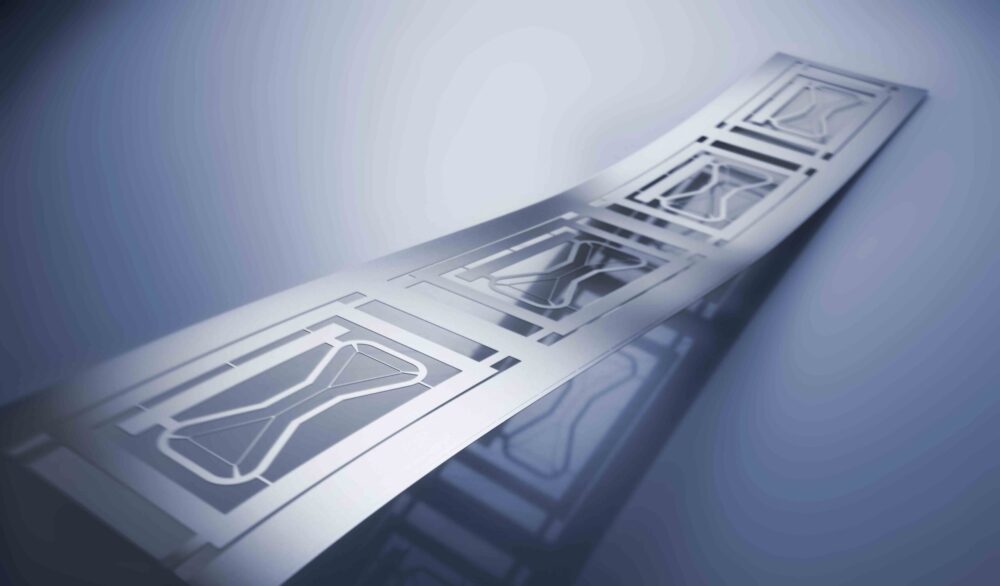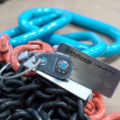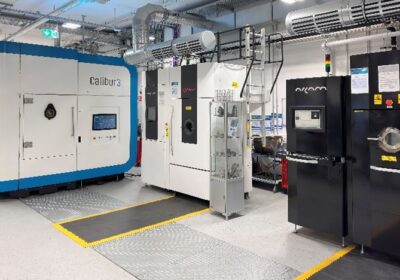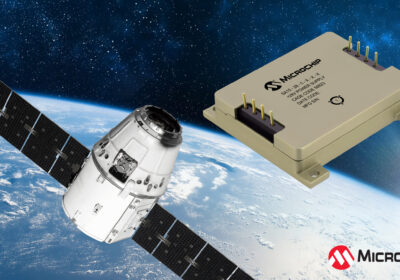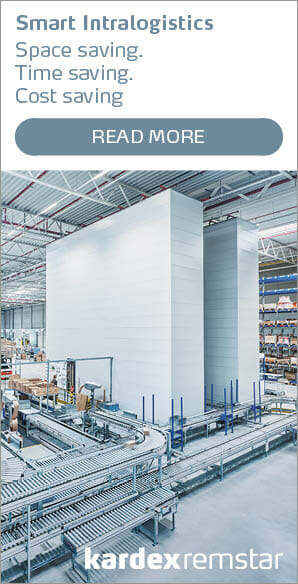Jochen Kern, Head of Sales and Marketing, micrometal Group
At a point in time when technology is advancing at an unprecedented pace, the demand for precision in manufacturing has never been greater. Industries such as aerospace, medical devices, electronics, and automotive are pushing the boundaries of design, requiring components that are not only smaller and more intricate but also more reliable and efficient. To meet these demands, manufacturers are increasingly turning to photo-chemical etching (PCE) — a process that is proving to be a game-changer in high-precision industries.
WHY PRECISION MATTERS MORE THAN EVER
As industries continue to innovate, the demand for high-precision components grows exponentially. Medical devices require intricate surgical instruments and implants that must meet stringent safety standards. The electronics sector needs ultra-thin EMI/RFI shielding and connectors that ensure seamless performance. Aerospace and automotive manufacturers are developing lighter, stronger, and more complex parts to enhance efficiency and performance.
Traditional manufacturing methods, such as stamping, laser cutting, or CNC machining, often introduce mechanical stresses, burrs, or material distortions that can compromise performance. This is where PCE steps in, offering a burr-free, stress-free, and highly precise solution that traditional processes struggle to achieve.
THE ROLE OF PHOTO-CHEMICAL ETCHING IN HIGH-PRECISION MANUFACTURING
Photo-chemical etching is a subtractive manufacturing process that uses a combination of chemical reactions and photolithography to precisely shape metal sheets into intricate designs. Unlike mechanical methods, which rely on cutting or shaping materials physically, PCE allows manufacturers to produce highly detailed and complex components with micron-level accuracy without introducing stress or distortion.
Precision manufacturing is no longer a luxury — it is an absolute necessity. With photo-chemical etching, manufacturers have the freedom to design components without the constraints of traditional methods, enabling innovation across multiple industries.
KEY ADVANTAGES OF PHOTO-CHEMICAL ETCHING
PCE offers numerous advantages that make it an essential technology for high-precision manufacturing. Unlike stamping or laser cutting, PCE does not create mechanical stress, ensuring that components retain their original material properties and do not require secondary finishing. This stress-free process also allows manufacturers to produce intricate patterns and ultra-fine features with micron-level accuracy, achieving designs that are impossible with traditional machining methods.
One of PCE’s greatest strengths is its scalability, the same process can be used for both prototyping and mass production, providing a seamless transition from concept to commercialisation. Additionally, PCE is compatible with a wide range of materials, including stainless steel, titanium, and copper, making it highly versatile across multiple industries. Its cost-effectiveness is another significant benefit, as PCE eliminates tooling costs and reduces material waste, offering a more economical alternative to conventional machining while maintaining high levels of precision and quality.
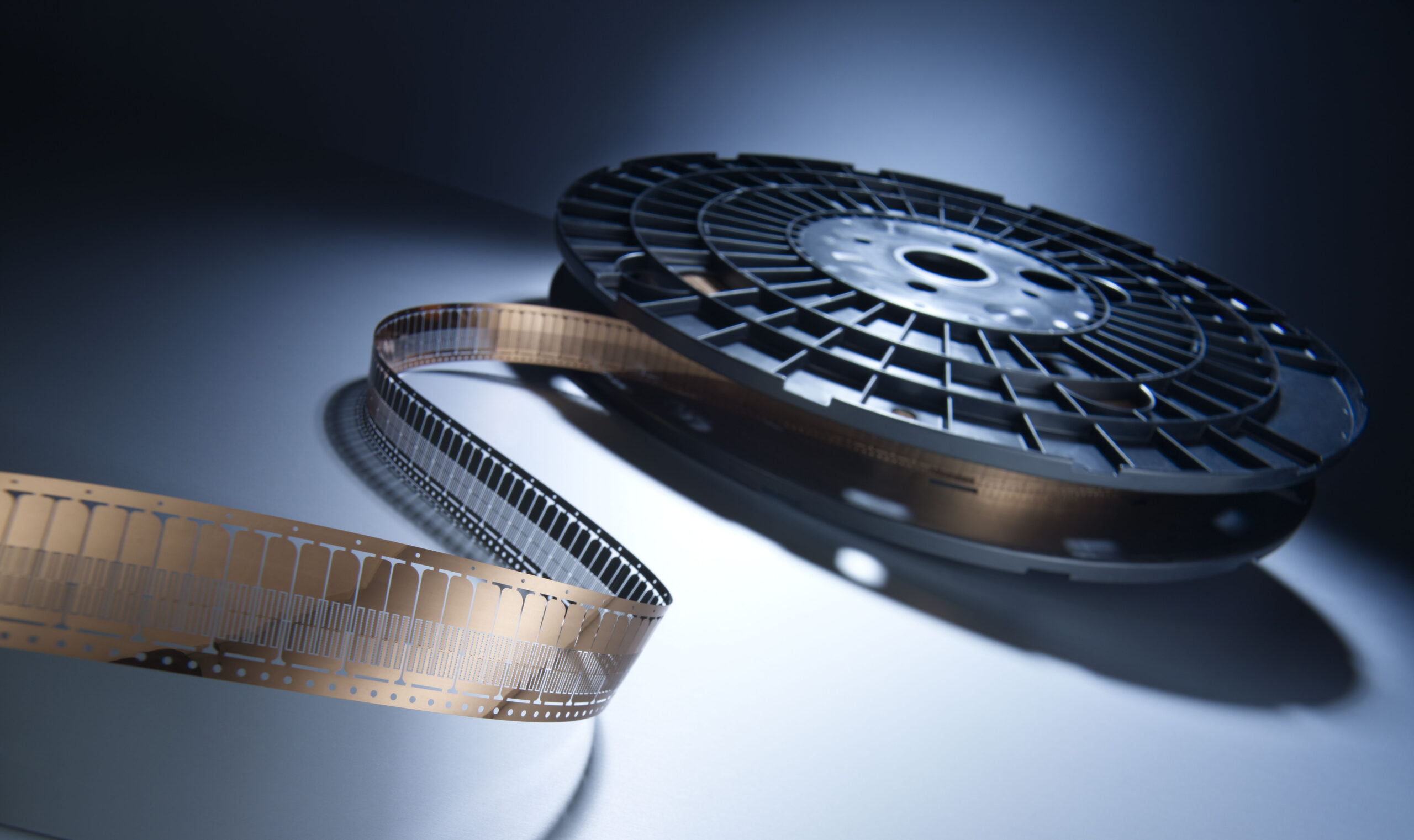
INDUSTRIES BENEFITING FROM PHOTO-CHEMICAL ETCHING
Photo-chemical etching (PCE) plays a critical role across multiple high-precision industries, ensuring that components meet the highest standards of performance and reliability. In the medical device and healthcare sector, manufacturers rely on PCE to produce surgical blades, microfluidic devices, and implantable components with smooth edges and intricate designs, guaranteeing safer and more effective medical solutions for patients.
Aerospace and defence applications demand lightweight yet structurally strong components, and PCE enables the creation of heat shields, sensor components, and fuel system parts that enhance efficiency and performance in extreme environments. As miniaturisation continues to shape the electronics and semiconductor industry, PCE facilitates the production of ultra-thin shielding, intricate connectors, and precision microstructures without the risk of warping or dimensional inconsistencies.
The rise of electric and autonomous vehicles is also accelerating the demand for precision-engineered automotive components. PCE supports the development of battery connectors, fuel injection nozzles, and sensor components, ensuring optimal performance under high-stress conditions.
Across these industries, PCE remains a transformative manufacturing solution that drives innovation and enhances product capabilities.
SUSTAINABILITY AND EFFICIENCY IN PRECISION MANUFACTURING
Beyond its precision advantages, PCE also aligns with the growing demand for sustainable manufacturing. The process generates minimal waste compared to conventional subtractive manufacturing techniques, reducing environmental impact and material usage. Additionally, because it eliminates the need for expensive tooling, manufacturers can iterate and innovate more efficiently without incurring excessive costs.
Sustainability is becoming a core priority for manufacturers. PCE not only offers unmatched precision but also helps businesses minimise waste and energy consumption — making it an essential tool for the future of precision manufacturing.
THE FUTURE OF PRECISION MANUFACTURING WITH PCE
As industries continue to evolve, the role of PCE will become increasingly central to the future of precision manufacturing. From supporting next-generation medical innovations to enabling miniaturisation in electronics and improving energy efficiency in transportation, PCE is driving the next wave of industrial advancements.
micrometal Group is at the forefront of this evolution, helping manufacturers push the boundaries of what’s possible with precision-etched components. With decades of expertise, cutting-edge facilities, and a commitment to quality, the company provides scalable solutions that empower businesses to innovate with confidence.
SUMMARY
The future of manufacturing belongs to those who can achieve precision at scale. PCE is proving to be a fundamental technology in this transformation, offering a stress-free, burr-free, and cost-effective approach to creating intricate components. As industries continue to push the limits of design and performance, micrometal Group remains committed to delivering the highest level of expertise and innovation.

